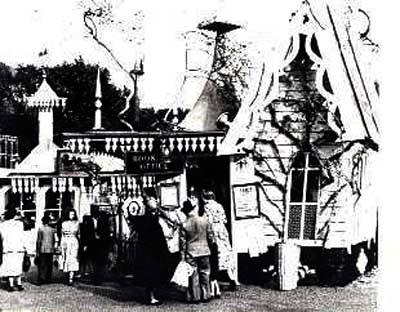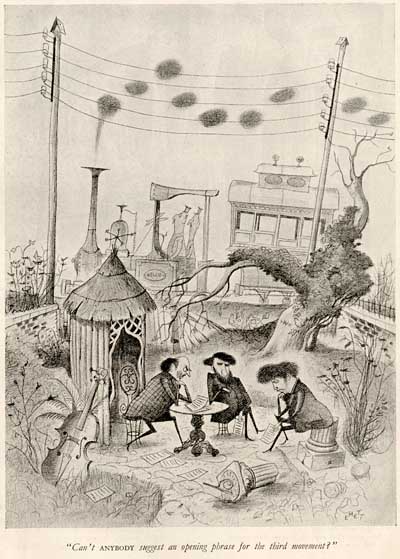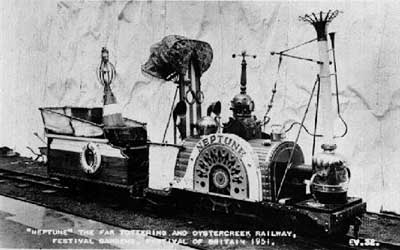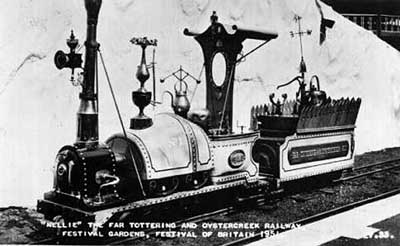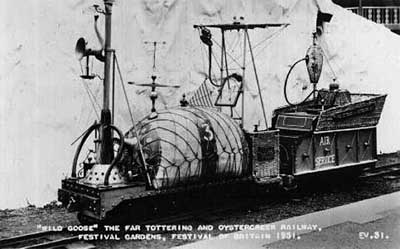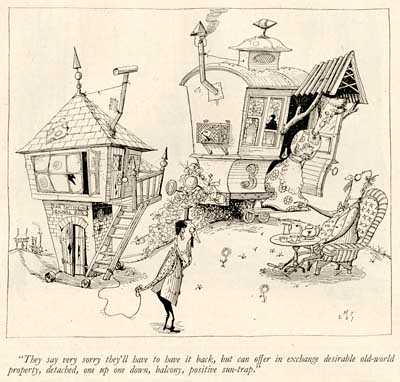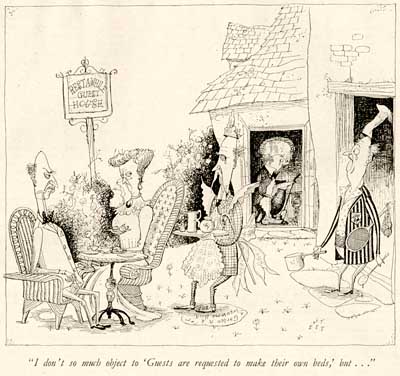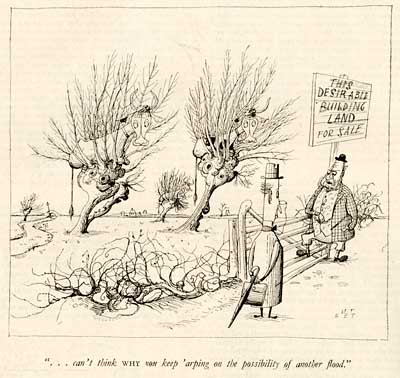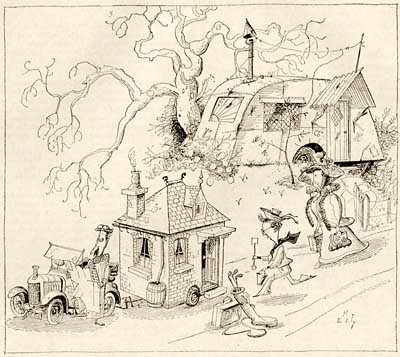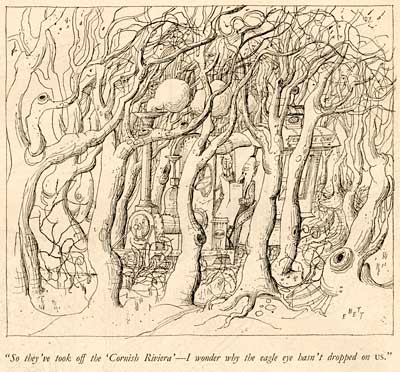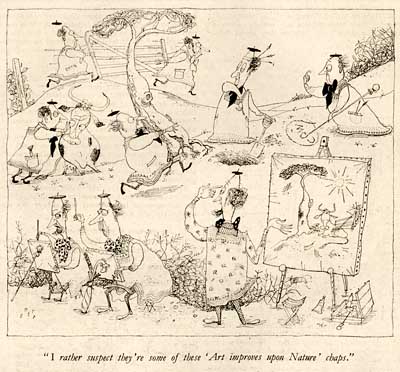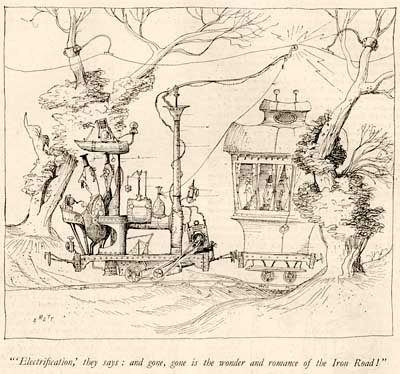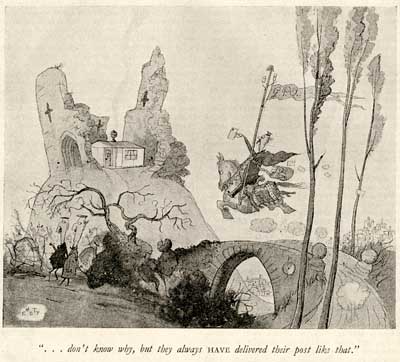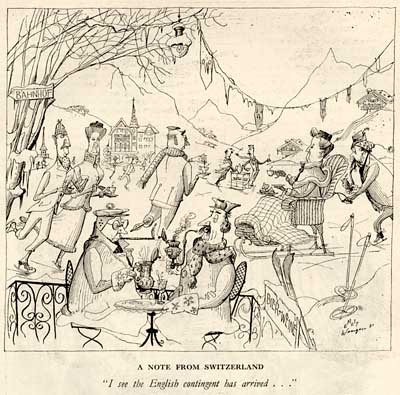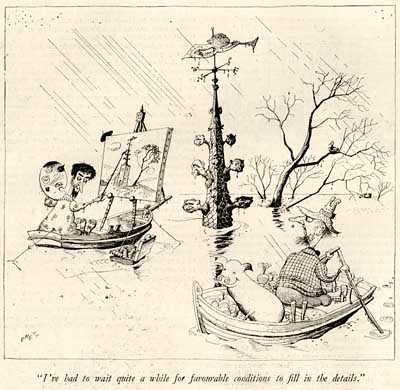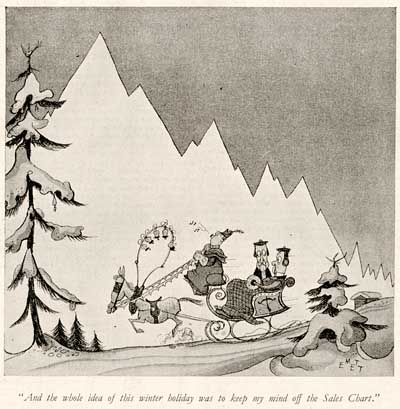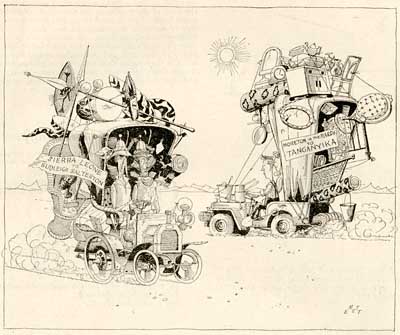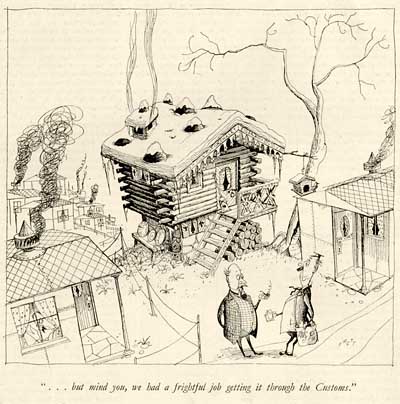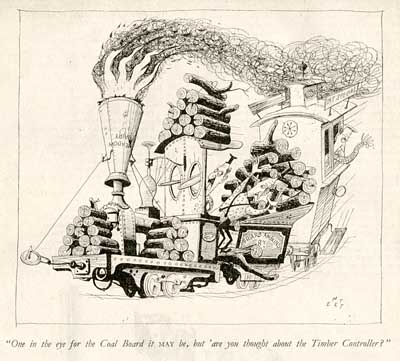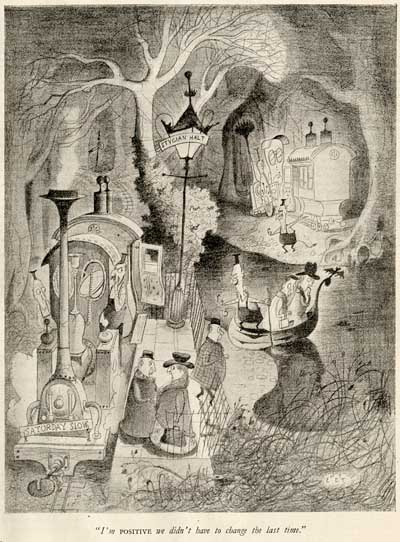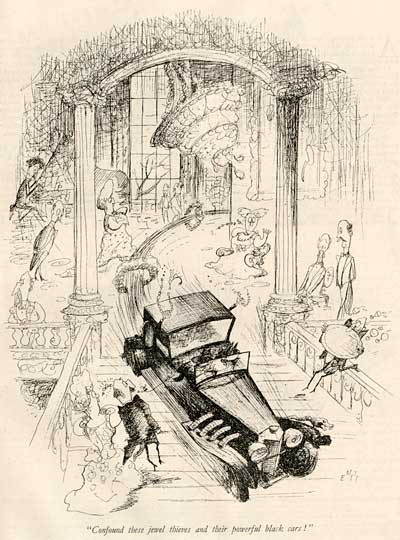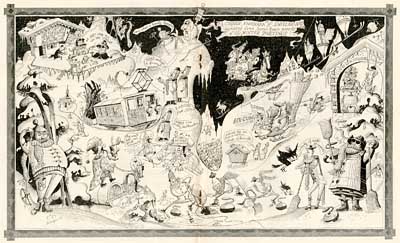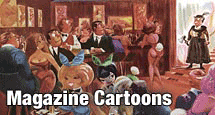Every other month, members of Animation Resources are given access to an exclusive Members Only Reference Pack. In January 2016, they were able to download this amazing e-book about the roots of cartooning with examples by Hans Holbein. Our Reference Packs change every two months, so if you weren’t a member back then, you missed out on it. But you can still buy a copy of this great e-book in our E-Book and Video Store. Our downloadable PDF files are packed with high resolution images on a variety of educational subjects, and we also offer rare animated cartoons from the collection of Animation Resources as downloadable DVD quality video files. If you aren’t a member yet, please consider JOINING ANIMATION RESOURCES. It’s well worth it.
CLICK to Buy This E-Book
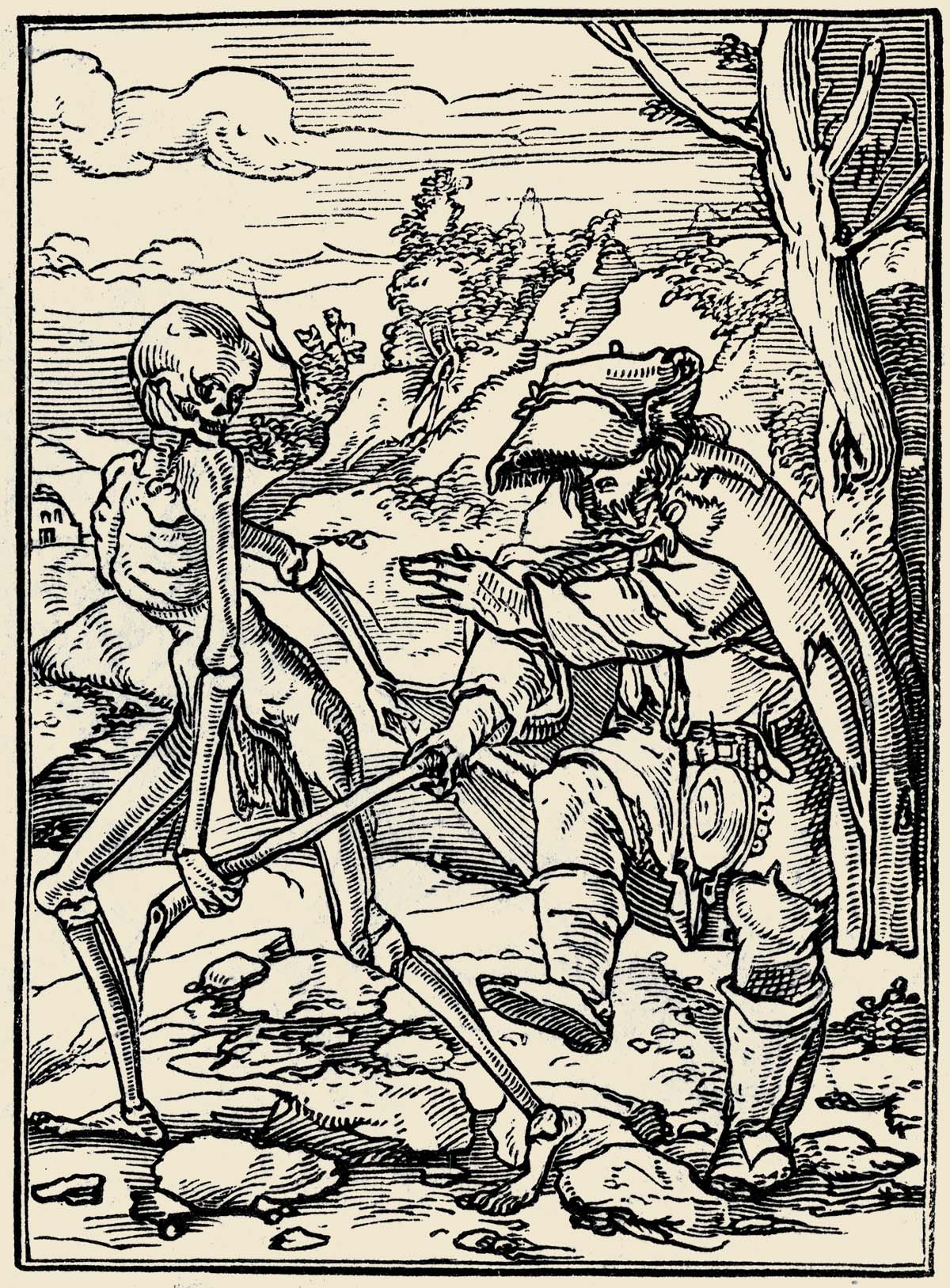
TAKING A BROADER VIEW OF THE HISTORY OF ANIMATION
When the history of animation is taught in schools, the course generally starts with Emile Cohl and Winsor McCay and moves on from there. But animation is just a subset of a larger subject- cartooning, and the history of cartooning goes back hundreds of years.
The definition of the word “cartoon” originally meant a preliminary sketch for a painting. But with the introduction of printing around 1300, the purpose of cartoons began to change and evolve into what we know it to be today. When trying to trace the origins of cartooning, it is important to define what cartooning is. The basic elements of a cartoon are…
- LINE DRAWING: The essence of a cartoon is the stylistic refinement of an image into a simplified rendering in line.
- CARICATURE: Cartoons employ exaggeration, which illuminates truth and crystalizes a specific point of view.
- SUBJECT MATTER: Usually, the subject matter of cartoons are humor, political or social satire, adventure or fantasy.
- ECONOMICS: Cartoons are usually mass-produced using an inexpensive, ephemeral medium aimed at an audience of common people.
Some of these elements may exist more or less in specific types of cartooning; but in general, these are the definining elements.
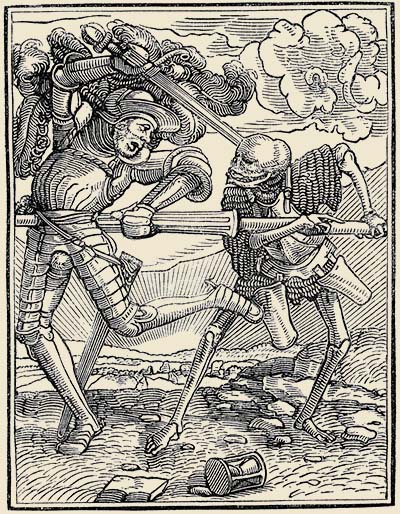
The Knight
GROUND ZERO FOR THE ART OF CARTOONING: THE WOODCUT
In earlier times, a line sketch existed primarily as a preliminary design. It wasn’t valued as a work of art in itself. It was simply a by-product from the creation of a bigger work. Because they weren’t seen as important, very few line drawings before 1300 have survived. But with the introduction of printing, all that changed.
In the mid-15th century in Europe, woodblock printing began to emerge. The carving of the blocks didn’t allow for gray scale rendering, and because the wood and paper surfaces were uneven, solid areas of black did not print cleanly. The woodblock engravers developed a system of line hatching to both simplify and stylize images, and to indicate gray tones. As time went by, the hatching began to wrap around the volumes of the subjects, defining mass. By the beginning of the 14th century, inexpensive woodblock books were being produced, aimed at an audience of common people, both literate and semi-literate.
Around this time, Albrecht Dürer began producing elaborate woodblock prints depicting the Apocalypse, famous Saints and other religious themes. These prints were mass-produced and sold as souvenirs to pilgrims at religious shrines. Printed on cheap paper, these were among the first “broadsheets”, the publication format that spawned both newspapers and comics. Dürer’s prints were so popular, they were widely duplicated and published without his permission. He began putting a “trade mark” consisting of his initials on his own prints to identify them, but crafty plagiarists just duplicated his mark along with the image. Finally, Dürer petitioned the court in Nuremberg and in Venice and succeeded in getting an injunction against the copiers. This was the birth of our modern day copyright law.

The Pope
CLICK to Buy This E-Book
HANS HOLBEIN AND HIS DANCE OF DEATH
There are many questions about the origin of Hans Holbein’s “Dance of Death”. Experts estimate that they were produced in Basel, Switzerland sometime between 1522 and 1526. They were uncommissioned, so Holbein was free to express his personal point of view about the subject matter. The engraving was done by Hans Lüzelburger Formschneider in Basel, under the supervision of Holbein. The political, religious and social criticism embedded in these woodcuts probably prevented their publication for over a decade.

The Friar
Holbein evidently was highly critical of Church officials, from the Pope all the way down to the local monk and nun. The Pope is depicted with the Emperor kissing his feet, while devils hover around him. The Friar is dragged away by death, clutching his donation box, and the Nun is more interested in a handsome troubadour than she is with her prayers.

The Nun
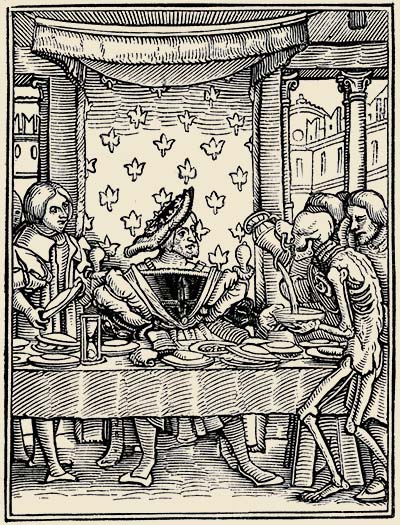
The King
Political figures don’t escape Holbein’s critical eye either. The King is a caricature of Francis the First of France. The Judge is about to pass judgement on a poor man in favor of a rich man, and the Lawyer receives cash bribes on the street. A devil perches on the shoulder of the Senator who has turned his back on the poor. The Knight (higher up on this page) is foiled by his own vanity only to be impaled on his own lance, and the Soldier is in a fight for his own life with Death, but doesn’t stand a chance even with the best armor.
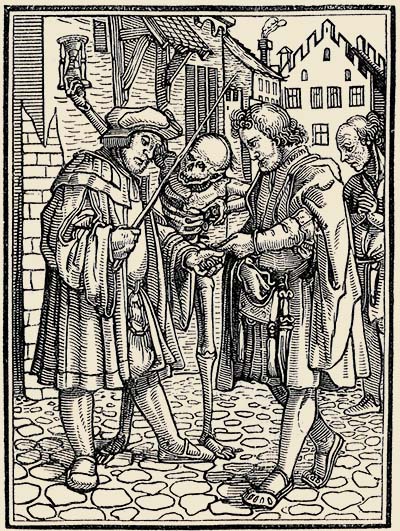
The Lawyer
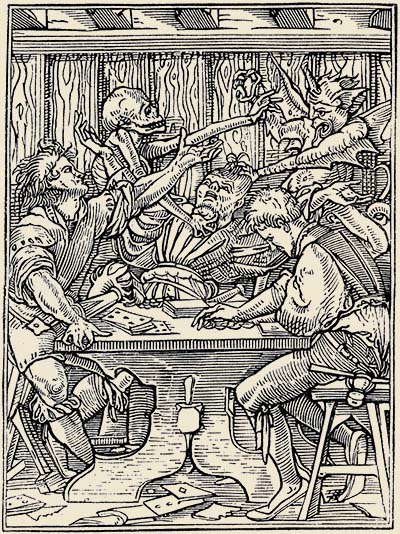
The Gambler
Moral infractions are criticized harshly. Death and the Devil have a tug of war over the Gambler as another card player deftly scoops the money off the table, a lone woman is rescued from the Robber by Death’s interception, and the Drunkard is served by Death as his companions cavort with women and throw up all over the ground.
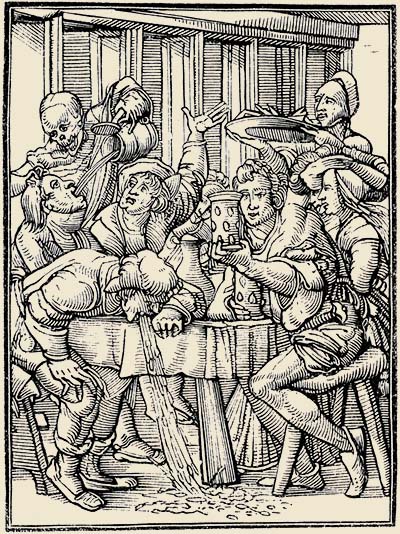
The Drunkard

The Old Woman
Most telling is the way Holbein depicts common people. The Old Woman is welcomed by Death as another spirit plays music to lead her on her journey, Death aids the Farmer at his plow., and Death gently leads the Old Man into an open grave as he plays music on a dulcimer for him. It’s clear on which side Holbein’s allegiances lay.

The Farmer

The Old Man
HOLBEIN’S MASTERPIECE AS AN EARLY EXAMPLE OF CARTOONING
Now that you know a little bit about these woodcuts, let’s apply it to the four basic elements of cartooning…
- LINE DRAWING: The medium of woodblock printing prompted the development of stylized representation of image and mass in line.
- CARICATURE: Holbein expresses his pointed opinions about religious, political and social issues by exaggerating and criticizing them through his drawings. He even creates a caricatured likeness of King Francis the First.
- SUBJECT MATTER: Holbein’s black humor cuts like a knife, satirizing and lampooning people familiar to his readers. The fantastic element is represented with Death personified as a skeleton and dramatic adventure is included with knights impaled by their lances and soldiers fighting for their lives with swords.
- ECONOMICS: Woodcuts of religious themes were cheaply printed and sold as souvenirs to pilgrims to religious shrines, widely distributed and copied, and sold to both literate and semi-literate common people.
For further information on the history of cartooning, see…
PODCAST: A Broader View of the History of Cartooning
When you first started reading this article, I am sure you were wondering what a 15th century set of woodcuts have to do with animation. Well, they provide an excellent example of cartooning at its most basic. By studying Holbein’s technique using the material on the Animation Resources website, you will quickly see how the fundamentals of drawing are beautifully employed in these images.
I’ll leave it to you to take a look at these webpages and analyze the images in this e-book for the principles outlined.
Preston Blair’s “Advanced Animation”
In particular, look at line of action, facial expressions and movement of body masses in the characters in Holbein’s works.
Composition: How To Make Pictures
Apply the four elements of composition (picture area, depth, line and value) to Holbein’s woodcuts, especially the Bible cuts.
CLICK to Buy This E-Book
ABOUT THIS EDITION
In 1833, a scholar named Frances Douce partnered with the greatest engravers of the day, John and Mary Byfield and George Bonner to produce a definitive facsimile edition of Holbein’s “Dance of Death”. By this point, the original woodblocks had been long since lost to time, and the myriad of later recuts and imitations made it difficult to know which cuts were by Holbein and which were later copies. Douce spent many years examining surviving prints and fragments of woodblock books to compile a complete set, then Byfield and Bonner undertook making precise duplicates of the original wood blocks without the inevitable damage the original prints had suffered.

Leviticus X: Nadab and Abihu Overcome by Fire
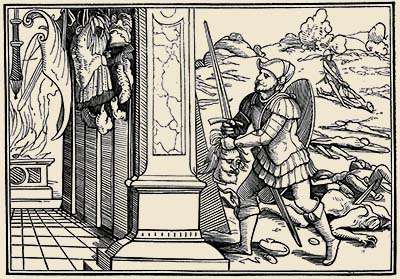
First Chronicles X: The Overthrow and Death of Saul
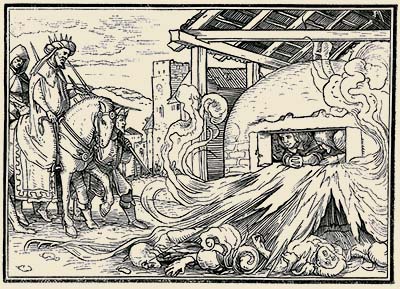
Daniel III: Shadrach, Meshach and Abednego Cast Into The Fire
In 1858, Henry J. Bohn combined into a single volume Douce’s book and a reprint of Holbein’s Bible cuts, recreated by Byfield and Bonner in 1830. These careful copies after Holbein have pretty much replaced the surviving original woodcuts because of the poor condition of the nearly five hundred year old paper. Animation Resources has digitized these images from an extremely rare first edition of Bohn’s publication, and we are proud to bring them to you as a downloadable high resolution e-book. This PDF e-book is optimized for display on the iPad or printing two up with a cover on 8 1/2 by 11 inch paper.
REFPACK007: Hans Holbein’s Dance of Death

Adobe PDF File / 161 Pages
249 MB Download
CLICK to Buy This E-Book
Not A Member Yet? Want A Free Sample?
Check out this SAMPLE REFERENCE PACK! It will give you a taste of what Animation Resources members get to download every other month!

JOIN TODAY To Access Members Only Content









 by
by 
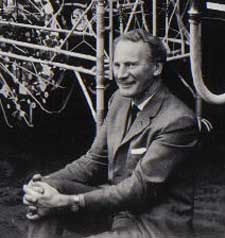 Rowland Emett was born in London in 1906. His father was an amateur inventor and his grandfather was a prominent engraver. He showed aptitude in both engineering and art at a young age. He studied at the Birmingham School of Arts and Crafts, and was drafted into the military during World War II. Beginning in 1939, he joined the staff of Punch magazine, where he was free to create cartoons on whatever subject he wanted… Usually, that subject was trains.
Rowland Emett was born in London in 1906. His father was an amateur inventor and his grandfather was a prominent engraver. He showed aptitude in both engineering and art at a young age. He studied at the Birmingham School of Arts and Crafts, and was drafted into the military during World War II. Beginning in 1939, he joined the staff of Punch magazine, where he was free to create cartoons on whatever subject he wanted… Usually, that subject was trains.